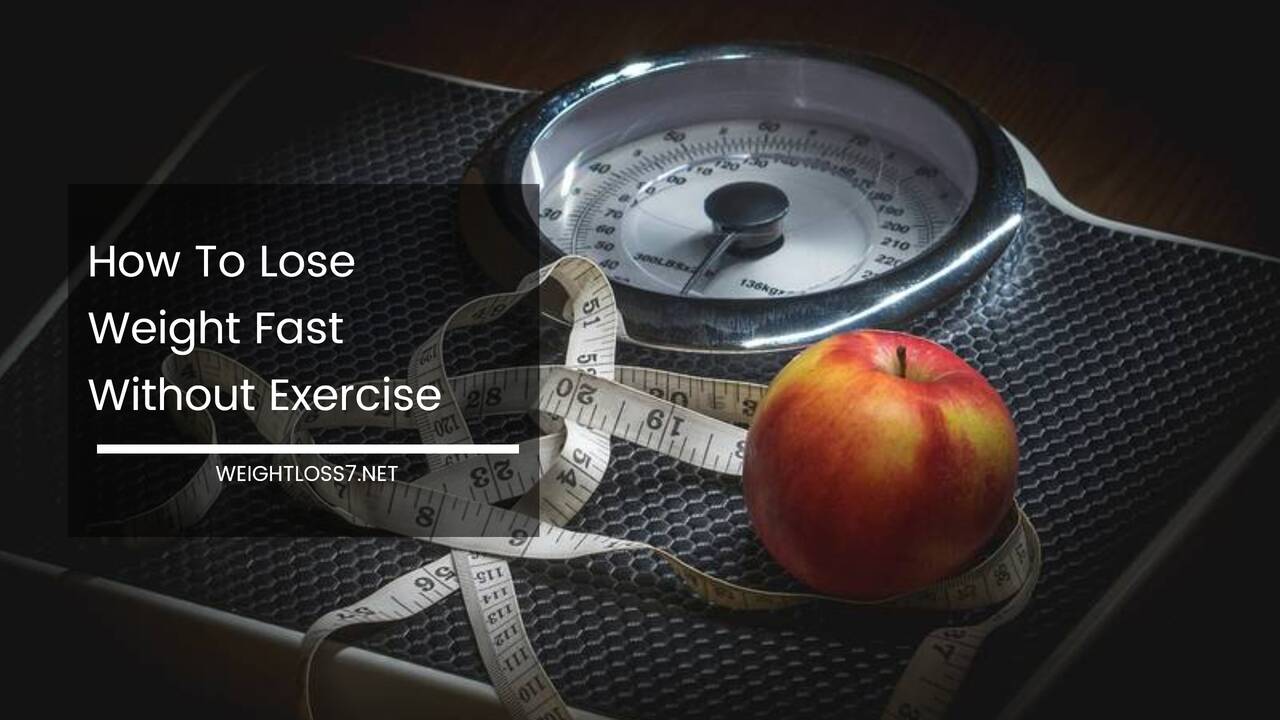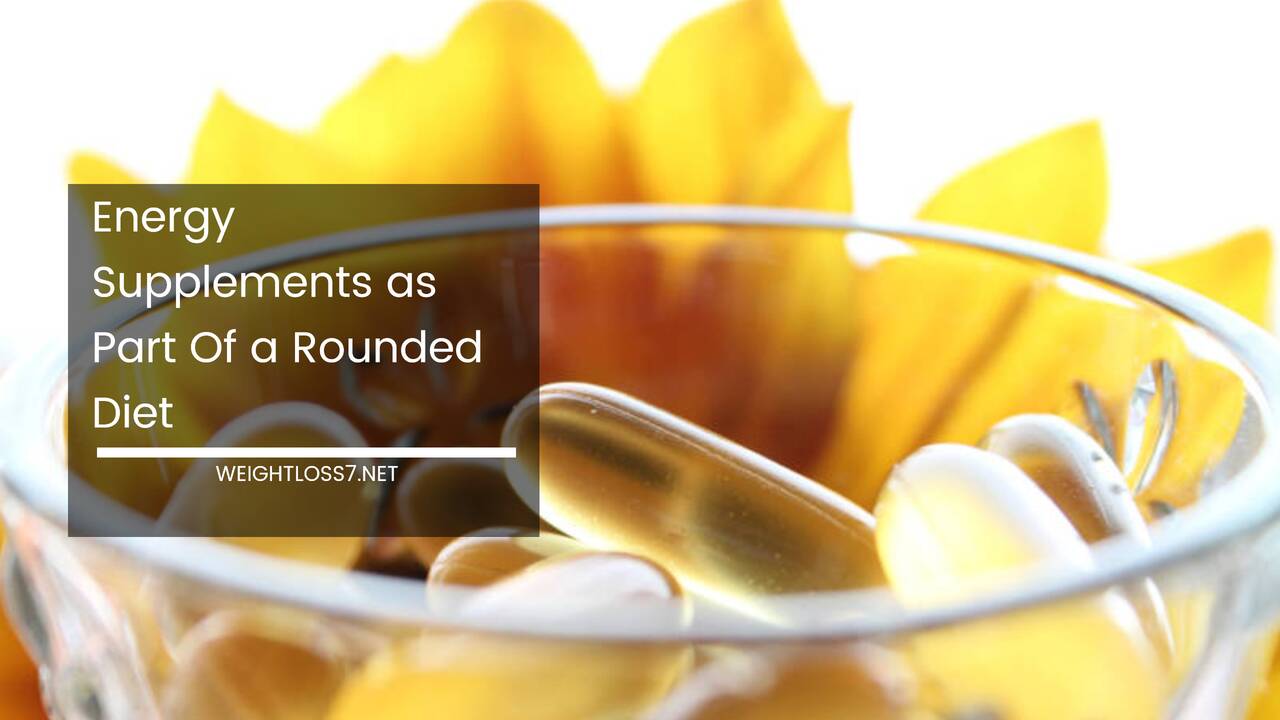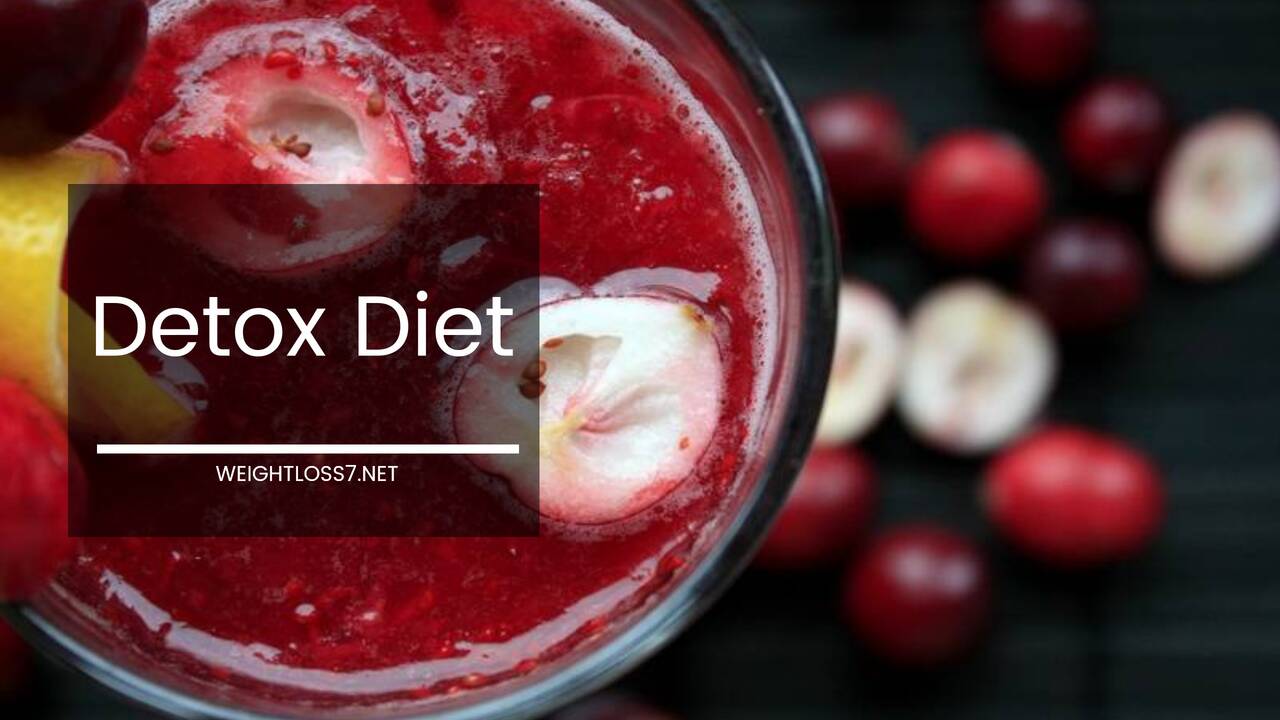How to Reduce Face Fat

How to Reduce Face Fat
Many people desire a well-defined and sculpted face, but face fat can be a common concern for some individuals.
While genetics play a role in determining facial features, certain lifestyle changes, exercises, and treatments can help reduce face fat and enhance facial contours.
In this article, we will explore various effective and natural methods to achieve a more refined facial appearance.
Understanding Face Fat
What Causes Face Fat?: Face fat can be caused by multiple factors, including genetics, aging, weight gain, and overall body fat percentage.
Some individuals naturally store more fat in their face due to their unique genetic makeup, while others may experience face fat as they age, primarily due to a decrease in collagen and skin elasticity.
The Importance of Addressing Face Fat: Reducing face fat goes beyond cosmetic reasons. Excess face fat can lead to a rounder or puffier appearance, which may affect a person’s self-confidence.
Moreover, face fat can contribute to the appearance of a double chin, making one look heavier than they are. Addressing face fat can help achieve a more youthful, defined, and balanced facial structure.
Diet and Nutrition Tips for Reducing Face Fat
Eat a Balanced Diet: A balanced diet rich in fruits, vegetables, whole grains, and lean proteins is essential for overall health and weight management.
Choosing nutrient-dense foods over processed options can help control overall body fat, including face fat.
Reduce Sodium Intake: Excessive sodium intake can lead to water retention and bloating, affecting the face’s appearance. By reducing salt consumption, individuals can diminish facial puffiness and achieve a more chiseled look.
Stay Hydrated: Proper hydration is crucial for maintaining healthy skin and reducing face bloating. Drinking an adequate amount of water daily can help flush out toxins and promote a more sculpted facial appearance.
Cut Back on Sugar and Refined Carbs: High sugar and refined carbohydrate intake can lead to insulin spikes and weight gain. Limiting these in the diet can help manage body fat, including face fat.
Consume More Protein: Adequate protein intake supports muscle development and helps burn fat. Including protein-rich foods like lean meat, fish, eggs, and legumes can aid in face fat reduction.
Incorporate Healthy Fats: Healthy fats, such as those found in avocados, nuts, and olive oil, are essential for overall health and can help reduce inflammation and facial puffiness.
Avoid Crash Diets: Extreme calorie restriction can lead to muscle loss and a slower metabolism, making it harder to achieve lasting face fat reduction. Opt for sustainable and balanced eating habits instead.
Effective Exercises for Face Fat Reduction
Facial Yoga: Facial yoga exercises can help tone facial muscles and reduce face fat. Common exercises include the lion face, cheek puff, and fish face.
Cardiovascular Exercises: Regular cardiovascular exercises, such as running, swimming, or cycling, can help burn overall body fat, including face fat.
Cheek Lifts: Cheek lifts involve puffing the cheeks with air and holding the position for a few seconds. This exercise can help strengthen cheek muscles and enhance facial contours.
Chin Lifts: Chin lifts involve tilting the head back and looking toward the ceiling while keeping the lips closed. This exercise can help tone the muscles under the jawline and reduce double chin appearance.
Jaw Release: Jaw release exercises involve moving the jaw as if chewing with the mouth closed. This exercise can help reduce tension in the jaw and facial muscles.
Lifestyle Changes to Reduce Face Fat
Get Sufficient Sleep: Adequate sleep is essential for overall well-being and can help reduce stress-related factors that contribute to face fat.
Manage Stress Levels: Chronic stress can lead to weight gain, including face fat. Practicing stress-reduction techniques like meditation and yoga can be beneficial.
Avoid Alcohol and Smoking: Both alcohol consumption and smoking can lead to facial bloating and premature aging. Limiting or avoiding these habits can improve facial appearance.
Regular Facial Massages: Facial massages can stimulate blood flow, improve lymphatic drainage, and reduce facial puffiness.
Non-Surgical Treatments for Face Fat Reduction
Cryolipolysis (CoolSculpting): Cryolipolysis is a non-invasive fat reduction treatment that freezes and destroys fat cells, leading to a more sculpted appearance.
Ultrasound Therapy: Ultrasound therapy uses focused ultrasound energy to target and reduce stubborn face fat.
Radiofrequency Energy Treatments: Radiofrequency energy treatments stimulate collagen production and help tighten facial skin.
Mesotherapy: Mesotherapy involves injecting a combination of vitamins, minerals, and medications into the skin to dissolve excess fat.
Surgical Options for Face Fat Reduction
Liposuction: Liposuction is a surgical procedure that suctions out excess fat from the face, creating a more contoured appearance.
Buccal Fat Removal: Buccal fat removal is a surgical procedure that removes excess fat pads from the cheeks to enhance facial definition.
Additional Tips for a Well-Defined Jawline and Neck
Improve Posture: Maintaining good posture can help define the jawline and prevent sagging skin.
Use Makeup Techniques: Strategic makeup application can create the illusion of a slimmer face.
Hairstyle Choices: Choosing hairstyles that frame the face well can complement facial features.
Accessorize Wisely: Wearing accessories like statement earrings can draw attention away from the face.
Frequently Asked Questions (FAQs)
FAQ 1: Can spot reduction work for face fat?
Spot reduction, the concept of targeting fat loss in specific areas, is generally not effective for face fat. Overall body fat reduction through a healthy diet and exercise is more likely to yield results.
FAQ 2: How long does it take to see results from facial exercises?
The timeline for seeing results from facial exercises can vary among individuals. Consistency is key, and it may take several weeks to notice visible changes.
FAQ 3: Is facial fat reduction permanent?
Non-surgical treatments like CoolSculpting and Ultrasound Therapy can provide long-term results if paired with a healthy lifestyle. Surgical procedures like liposuction can offer permanent fat reduction.
FAQ 4: Are there any risks associated with non-surgical treatments?
Non-surgical treatments are generally safe when performed by qualified professionals. However, potential risks include temporary redness, swelling, or bruising.
FAQ 5: Who is an ideal candidate for surgical face fat reduction?
Ideal candidates for surgical face fat reduction should be in good overall health and have realistic expectations. Consultation with a board-certified surgeon is crucial to determine eligibility.
Conclusion
Reducing face fat and achieving a well-defined facial structure is possible through a combination of healthy lifestyle practices, targeted exercises, and, if needed, non-surgical or surgical treatments.
Remember that individual results may vary, and it’s essential to embrace the journey towards a healthier and more confident self. Always consult with qualified professionals before undergoing any treatments.

















